The Lean Process
A key part of adopting a LEAN strategy is the implementation of 5s.
5s refers to the following Japanese words and their meaning in relation to LEAN.
Seiri (Sorting)
In order to minimize confusion and increase efficiency anything not in immediate use should be stored out of the way in designated areas.
Seiton (Straightening)
Every tool should be in its place and in line with the workflow.
Seiso (Cleaning)
The workplace should be cleaned regularly and periodically and everything put back in its place.
Seiketsu (Standardization)
Work practices should be consistent and standadized and everyone must know their duties and responsibilities.
Shitsuke (Maintenance)
Enforce the previous 4s whilst reviewing and modifying them as required.


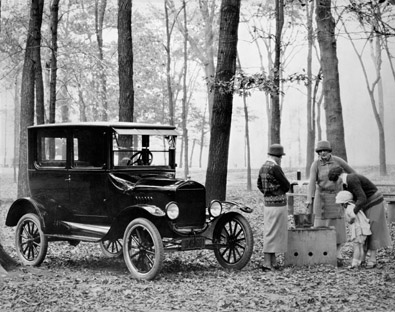 Henry Ford once commented that if he’d asked his customers what they wanted they would have replied “Give me a faster horse”.
Henry Ford once commented that if he’d asked his customers what they wanted they would have replied “Give me a faster horse”. The Mac TV was released in 1993 and was Apple’s first attempt to integrate the functionality of a P.C with a cable ready T.V. Unforthunately it’s slow bus speed of 16 MHz made for a slow P.C compared to it’s rivals and a very expensive T.V at over $2000. Needless to say it flopped and only 10k were produced.
The Mac TV was released in 1993 and was Apple’s first attempt to integrate the functionality of a P.C with a cable ready T.V. Unforthunately it’s slow bus speed of 16 MHz made for a slow P.C compared to it’s rivals and a very expensive T.V at over $2000. Needless to say it flopped and only 10k were produced.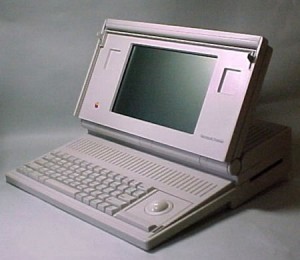 Apple’s first attempt at a portable computer was the Macintosh portable. Released in 1989 it was way ahead of its time, and so it should have been at a whopping $6500. It weighed in at a hefty 7.2kg and had an active matrix LCD screen which was fantastic but the major contributor to its cost.
Apple’s first attempt at a portable computer was the Macintosh portable. Released in 1989 it was way ahead of its time, and so it should have been at a whopping $6500. It weighed in at a hefty 7.2kg and had an active matrix LCD screen which was fantastic but the major contributor to its cost. In 1995 Apple licensed its PIPPIN technology to Bandai to make a PC based game consol. The only problem was the competition, SEGA, SONY, Nintendo and PC based systems were already dominating the market. Only 42,000 PIPPIN units sold and it was withdrawn from the market.
In 1995 Apple licensed its PIPPIN technology to Bandai to make a PC based game consol. The only problem was the competition, SEGA, SONY, Nintendo and PC based systems were already dominating the market. Only 42,000 PIPPIN units sold and it was withdrawn from the market.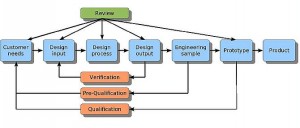
 There has been lots of recent talk from politicians, particularly The Conservative Party, about rejuvinating British Industry. Indeed James Dyson, the renowned inventor of the bagless vacuum cleaner which bears his name, recently issued his
There has been lots of recent talk from politicians, particularly The Conservative Party, about rejuvinating British Industry. Indeed James Dyson, the renowned inventor of the bagless vacuum cleaner which bears his name, recently issued his  This incident highlights the ethical dilemmas posed in Subcontracting. How do we deal with massive corporations which often dwarf our own ? How do we balance the need to reduce manufacturing cost with the need to deal with undemocratic regimes with questionable human rights records ?
This incident highlights the ethical dilemmas posed in Subcontracting. How do we deal with massive corporations which often dwarf our own ? How do we balance the need to reduce manufacturing cost with the need to deal with undemocratic regimes with questionable human rights records ? The news today that Toyota plans on recalling several hundred Prius due to brake problems follows hot on the heels of rumours last week that 19 people had died due to faulty accellerator pedals on Toyota vehicles in the U.S.A alone.
The news today that Toyota plans on recalling several hundred Prius due to brake problems follows hot on the heels of rumours last week that 19 people had died due to faulty accellerator pedals on Toyota vehicles in the U.S.A alone.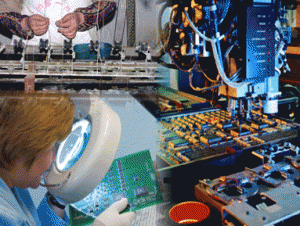

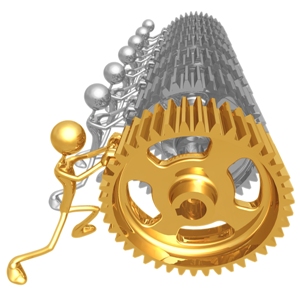 Friday’s News that Automotive component supplier Bosch is closing its plant in South Wales and moving manufacturing to Hungary was grim news for employees.
Friday’s News that Automotive component supplier Bosch is closing its plant in South Wales and moving manufacturing to Hungary was grim news for employees.